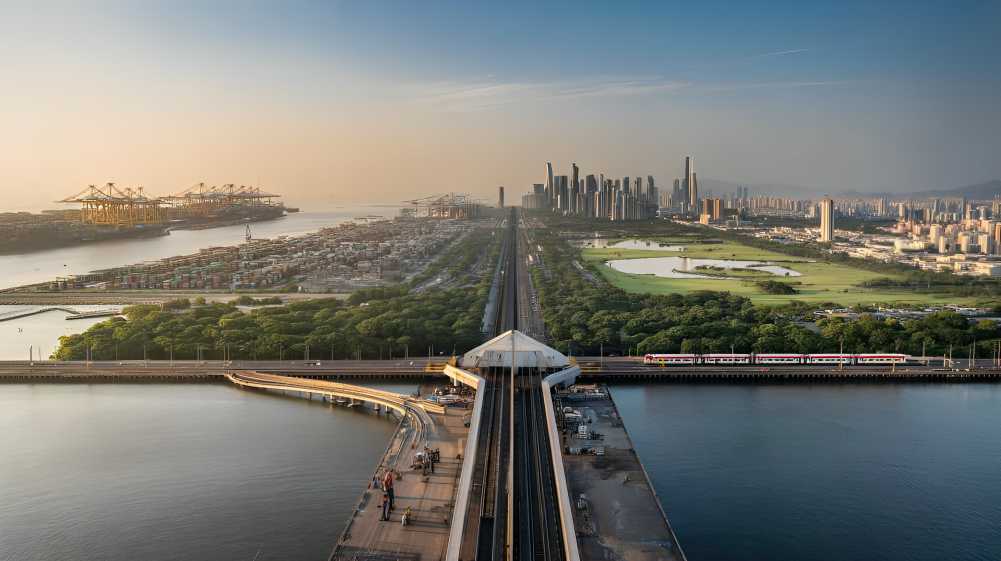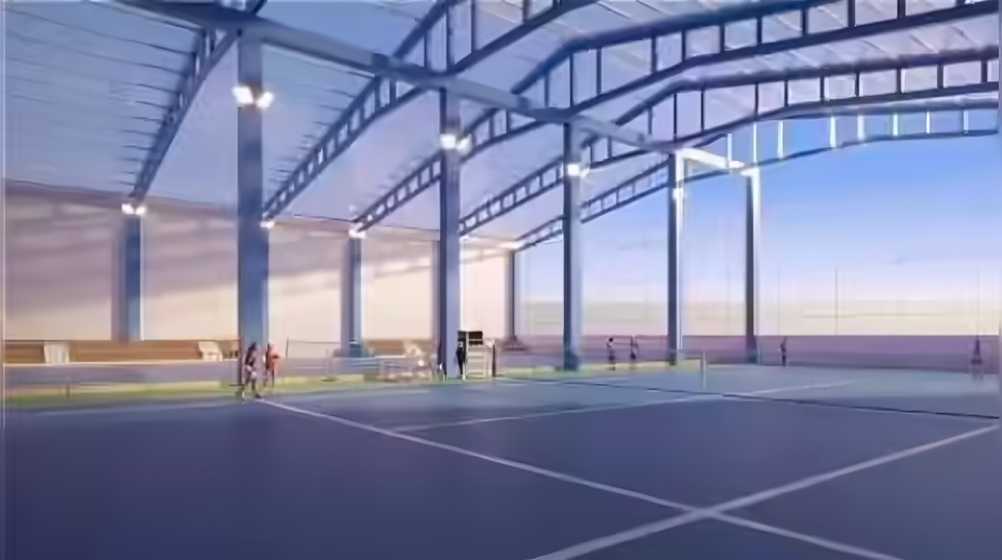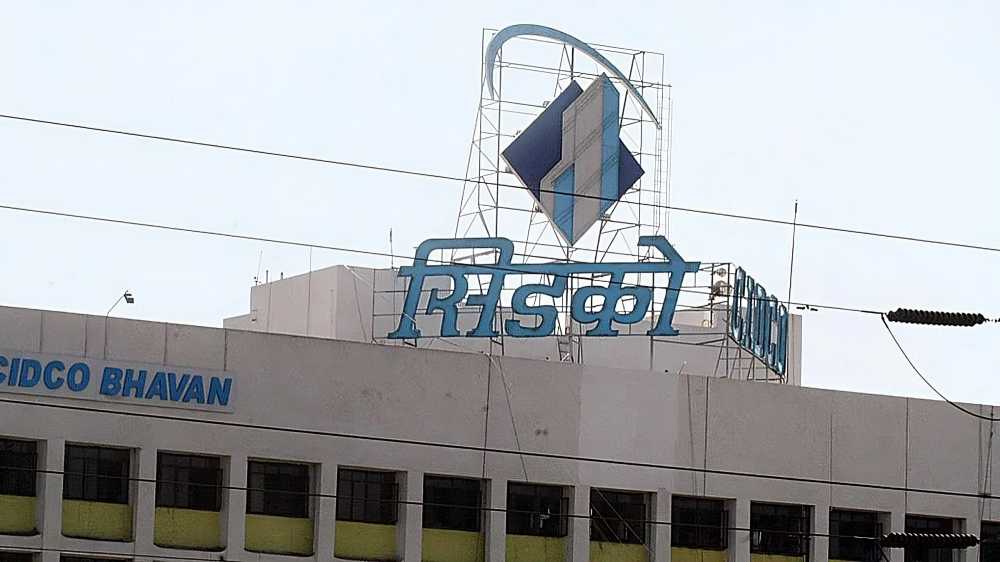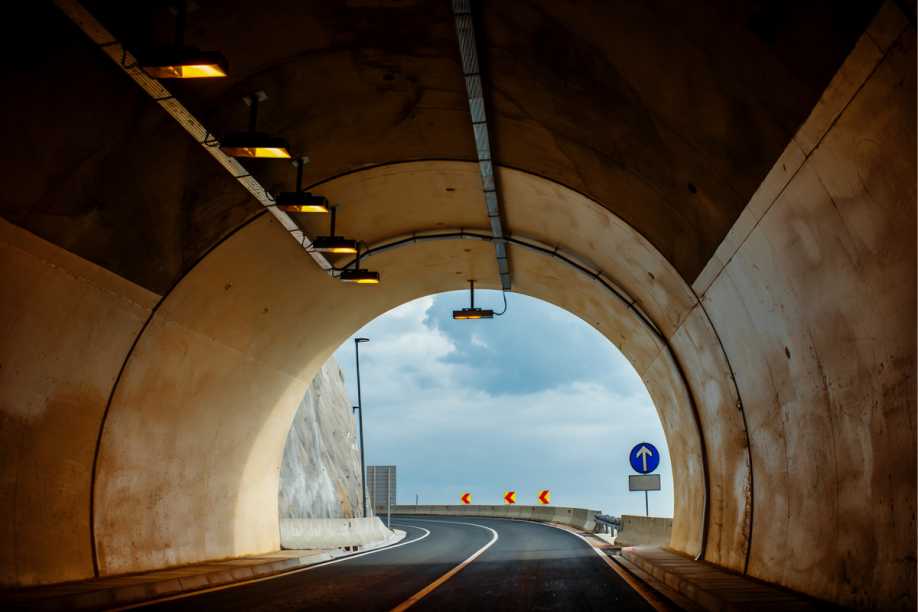November 13, 2025: Spread across 344 square kilometres—three times the size of Paris—Navi Mumbai stands as the world’s largest planned city and a rare example of urban design keeping pace with growth. Conceived in the 1970s by Maharashtra’s planning agency CIDCO, it was envisioned as a counterbalance to an overburdened Mumbai—meant to decongest, decentralise jobs, and offer better living conditions.
Unlike Mumbai’s organic sprawl, Navi Mumbai’s layout was designed with foresight. Fourteen self-contained nodes were planned, each equipped with housing, commercial areas, schools, healthcare facilities, and green spaces. The city’s infrastructure was aligned with transit corridors, while large tracts of mangroves, hills, and creek edges were preserved as non-buildable zones to serve as environmental buffers.
Economic momentum arrived with Jawaharlal Nehru Port (JNPT), now India’s busiest container port, handling over six million TEUs annually. The port catalysed logistics, warehousing, and industrial growth, generating thousands of jobs. The upcoming Navi Mumbai International Airport—expected to handle 60 million passengers annually—will further integrate the region’s port, airport, and industrial ecosystem into a powerful logistics triangle.
Strong rail and road connectivity link Navi Mumbai to the island city. The Mumbai Trans Harbour Link has drastically reduced travel times, while the metro project aims to enhance intra-city mobility. Residents enjoy wider roads, lower rents—about 30–40% less than Mumbai—and greater access to open spaces such as Kharghar’s Central Park.
Governed by the Navi Mumbai Municipal Corporation since 1992, the city is known for efficient waste management, digital governance, and public services that work with relative consistency.
However, challenges persist—project delays, informal settlements, and rising land values threaten affordability. As heat and flood risks grow, maintaining green buffers and resilient infrastructure will be crucial. With steady progress on the port, airport, and metro, Navi Mumbai is poised to evolve from a satellite city into a balanced metropolis in its own right.





